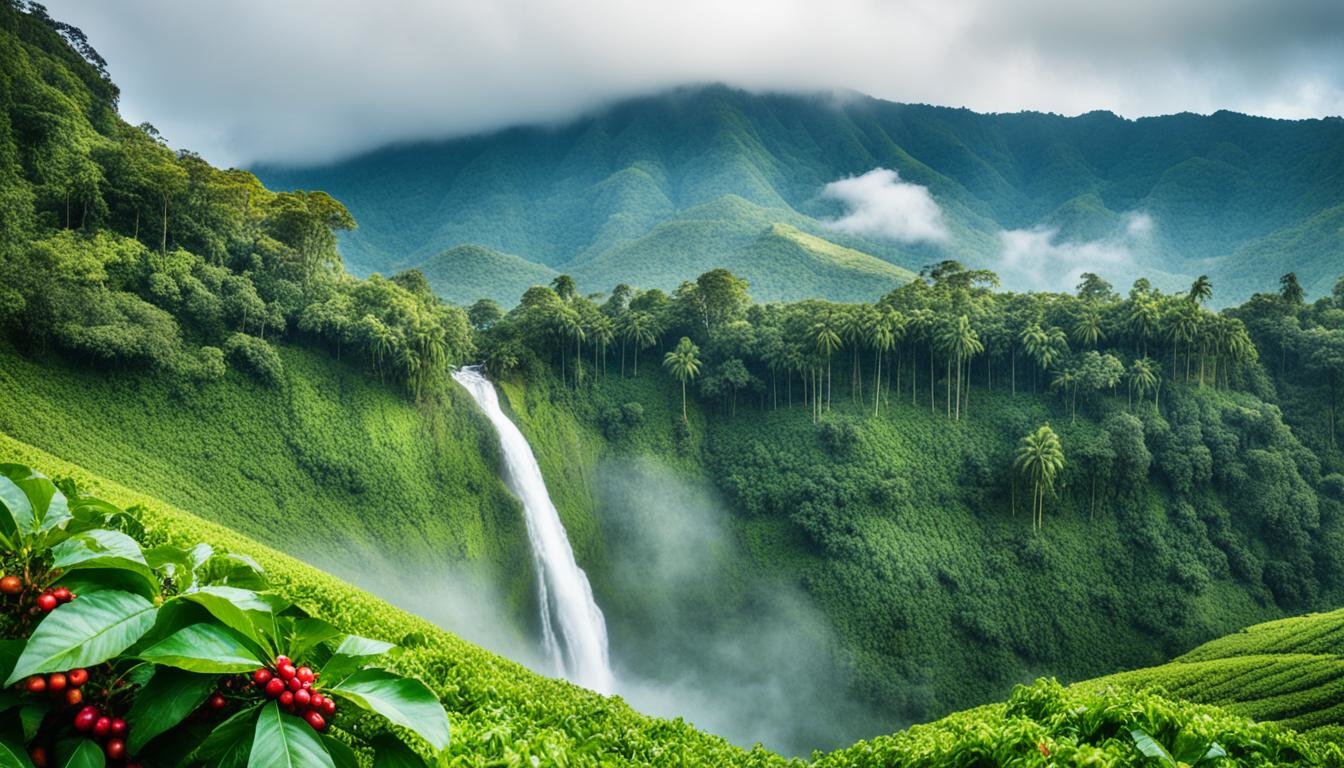India is a land of stunning beauty and immense variety. It is home to majestic mountains, mighty, life-giving rivers, and lush green landscapes. From the snow-capped Himalayas to the warm coastal beaches, the scenery constantly changes. Because of this natural beauty, many Indian destinations are compared to famous places around the world. Some hill stations are so charming they're called the "Switzerland of India", while parts of Kashmir are often nicknamed "Mini Europe".

These comparisons show just how diverse and picturesque India truly is. But do you know there is a place in India often described as being so beautiful, misty, and green that it has earned the nickname of "The Scotland of India"? In this article, we'll take a look at which incredible location holds this special title.
ALSO READ| Which Place Is Known As The Mini Switzerland Of India?
Which City Is Known As The Scotland Of India?

The beautiful hill station known as the "Scotland of India" is Kodagu, more popularly called Coorg. It lies in the scenic state of Karnataka, nestled in the lush Western Ghats. The British gave it this charming nickname because its mist-covered hills, green valleys, cool weather, and endless coffee plantations reminded them of the Scottish Highlands.
The district headquarters of Coorg is Madikeri. This hill station is not just a haven for nature lovers; it's also rich in culture and history. Coorg is famously known as the "Coffee Bowl of India" because of its vast coffee estates that produce both Robusta and Arabica varieties.
10+ Lesser-Known Facts about Coorg (Kodagu)
- Coorg is part of the Western Ghats, which is recognised globally as one of the world's eight "hottest hot spots" of biological diversity, hosting thousands of endemic plant and animal species.
- The sacred River Kaveri, a lifeline of South India, originates in the Brahmagiri hills of Coorg at a holy site called Talakaveri.
- The native people of Coorg are the Kodavas, a community historically known for their martial prowess and bravery. Many have served with distinction in the Indian Armed Forces.
- The Kodavas are traditionally exempt from the requirement of holding a licence to possess firearms, a privilege unique in India.
- The men's traditional attire, the Kupya, and the women's unique saree style (pleats at the back) are distinctive to the community.
- Coorg is the largest coffee producer in Karnataka, accounting for a significant share of India's total coffee output.

IN CASE YOU MISSED| List of 10 Countries with No Rivers
- The primary coffee grown here (Robusta and Arabica) benefits from the high elevation and shade, allowing for a slower maturation process that concentrates flavour and aroma compounds.
- The predominant soil type is Laterite, which is iron and aluminium-rich. This acidic soil is well-suited to cash crops such as coffee and cardamom.
- The region experiences a Tropical Monsoon Climate (Am) classification, characterised by heavy summer rainfall that sustains its evergreen forests and high coffee yields.
- The town of Virajpet in Coorg was historically one of the largest honey-producing regions in Asia.
- The district is home to Bylakuppe, the second-largest Tibetan settlement in India, featuring the magnificent Namdroling Monastery (Golden Temple).
- The second-highest peak in Coorg is Pushpagiri, but the highest is Tadiandamol (1,748m), which is a major trekking destination.
- Coorg's forest ecosystems are predominantly Tropical Wet Evergreen and Semi-Evergreen, which are essential for carbon sequestration and for maintaining regional hydrological cycles.
- The Omkareshwara Temple in Madikeri is unusual, blending Gothic and Islamic architectural styles and featuring a dome and four minarets.
- The Dubare Elephant Camp on the banks of the River Kaveri is a well-known conservation and elephant-interaction centre, originally a training camp for the Mysore Dasara elephants.
- Kodagu falls within a relatively stable seismic zone (typically Zone II), but is sensitive to tectonic activity along the Western Ghats fault lines.

- The Brahmagiri Wildlife Sanctuary acts as a crucial catchment area for the River Kaveri, filtering and releasing water that sustains downstream agriculture and ecosystems.
- The cool, moist climate supports a high density of epiphytic orchids (plants that grow on trees), indicating excellent air quality and a healthy ecosystem.
- The frequent morning mist and fog result from the adiabatic cooling of moist air as it rises over the Western Ghats.
- The dense canopy cover and high forest biomass have a moderating effect on the microclimate, reducing surface temperatures and increasing humidity compared to surrounding deforested plains.
WHAT'S NEXT| Do You Know What The Smell Of Rain Is Called?
Comments
All Comments (0)
Join the conversation